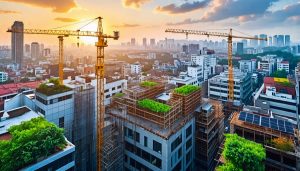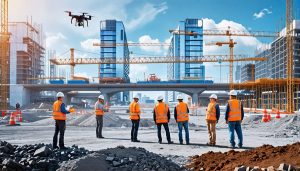
7 Critical Safety Standards Every Construction Pro Must Know
Ensure strict compliance with OSHA standards, the baseline for construction safety in the U.S. Implement a comprehensive safety training program for all workers, covering site-specific hazards, PPE usage, and emergency protocols. Foster a strong safety culture through management commitment, worker engagement, and regular safety audits. Stay current on evolving industry best practices and technologies to mitigate risks on your jobsites.
Fall Protection Standards
Guardrail Systems
Guardrail systems are a critical component of fall protection in construction. OSHA standards require guardrails to be at least 42 inches …









